A boilersuit, also known as coveralls, is a loose-fitting garment covering the whole body except for the head, hands and feet.
In North America “overall” is more usually understood as a bib-and-brace overall, which is a type of trousers with attached suspenders.A more tight-fitting garment that is otherwise similar to a boilersuit is usually called a jumpsuit. The “siren suit” favoured by Winston Churchill (but also worn by many others in the UK when air raids were a threat) during the Second World War was closely similar to a boilersuit.
A boilersuit is a one-piece garment with full-length sleeves and legs like a jumpsuit, but usually less tight-fitting. Its main feature is that it has no gap between jacket and trousers or between lapels, and no loose jacket tails. It often has a long thin pocket down the outside of the right thigh to hold long tools. It usually has a front fastening extending the whole length of the front of the body up to the throat, with no lapels. It may be fastened with buttons, a zip, velcro, or snap fasteners. Boilersuits with an attached hood are available. The word “boilersuit” may also refer to disposable garments such as DuPont’s Tyvek suits.
Boilersuits are so called because they were first worn by men maintaining coal-fired boilers. To check for steam leaks or to clean accumulated soot from inside the firebox of a steam locomotive, someone had to climb inside, through the firehole (where the coal is shovelled in). A one-piece suit avoids the potential problem of loosened soot entering the lower half of one’s clothing through the gap in the middle. As the firehole opening is only just large enough for a fit individual to negotiate, a one-piece suit also avoids the problem of the waistband snagging on the firehole as one bends to wriggle through, or of jacket, tails snagging if one has to come out backwards.
Coveralls are most often worn as protective clothing over “street” clothes at work. They can be used for painting and decorating, mechanical work, farming, factory work, and other activities where clothes may become soiled. Many companies provide workers with corporate branded boilersuits for identification and marketing. There are two main categories for coveralls: cloth and disposable. Both cloth and disposable coveralls are manufactured with their own unique protective properties including high-visibility, insulation to protect against cold weather, waterproof, flame resistant to protect against fire, arc-resistant to protect against flash fires, and even microporous fabrics when exposed to hazardous chemicals.
Japanese politicians have been known to use boiler suits to convey an image of preparedness. Coveralls called student boilersuits are used by university students in some Nordic countries as a sort of party-uniform, with insignia on the back and colour varying with programme and university. The suit is associated with the slasher subgenre, being worn by Michael Myers of the Halloween films. Pete Townshend of The Who frequently wore a white boiler suit during performances.








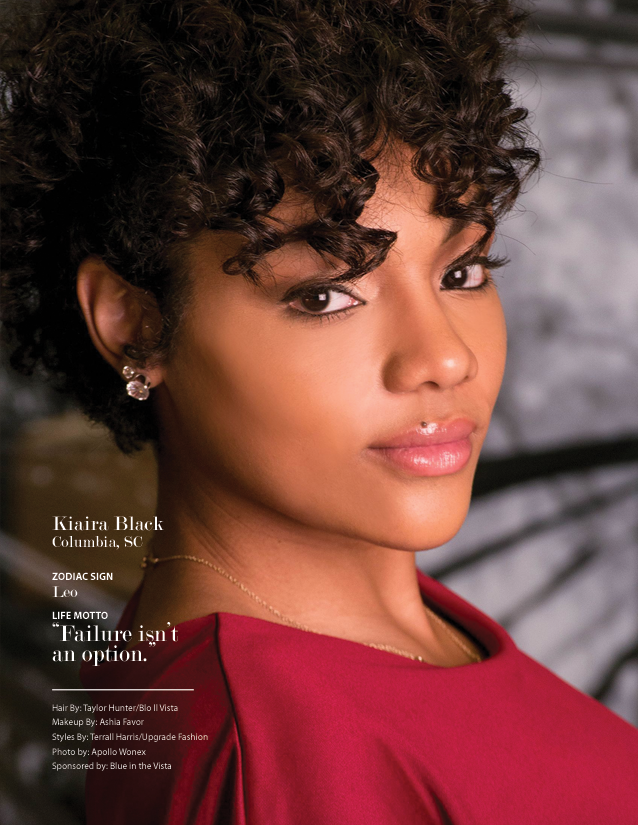
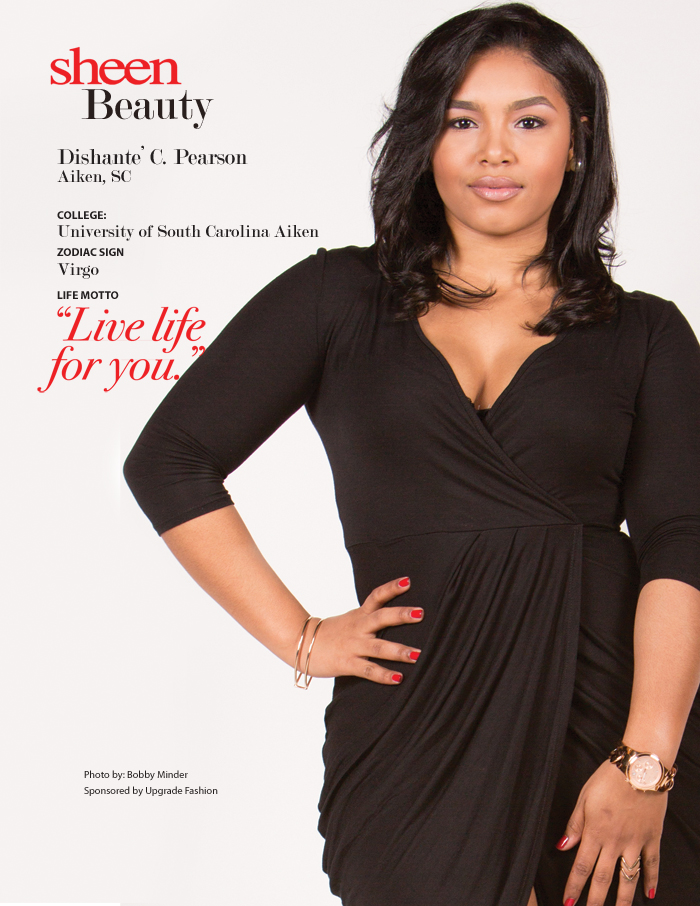


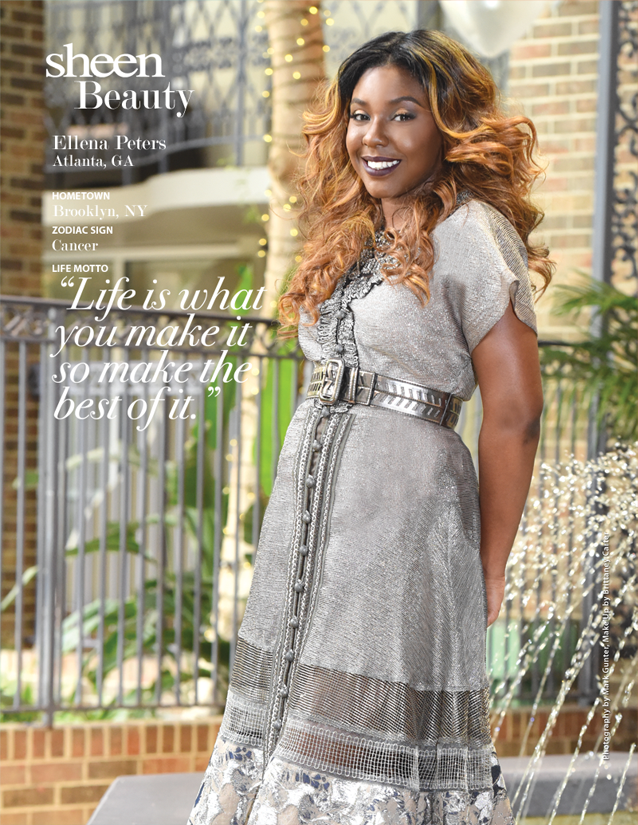

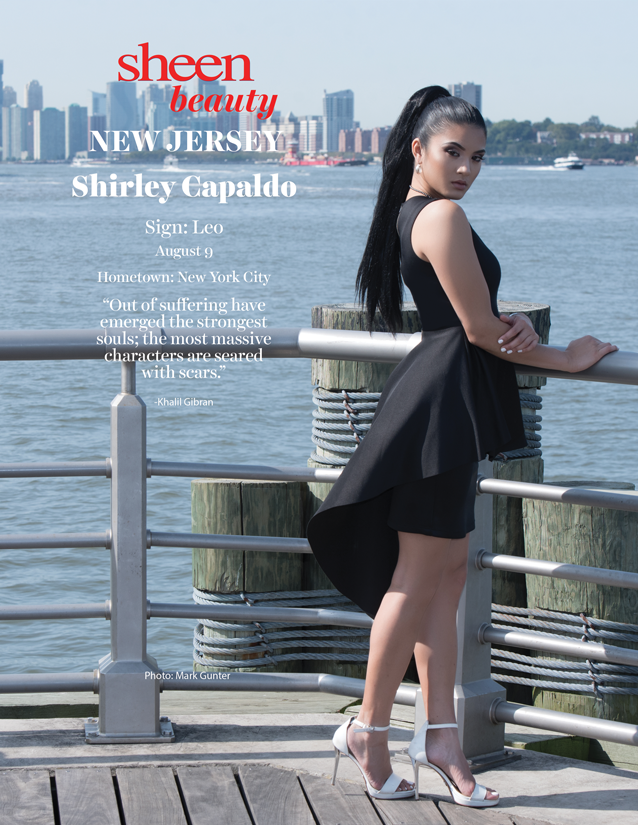


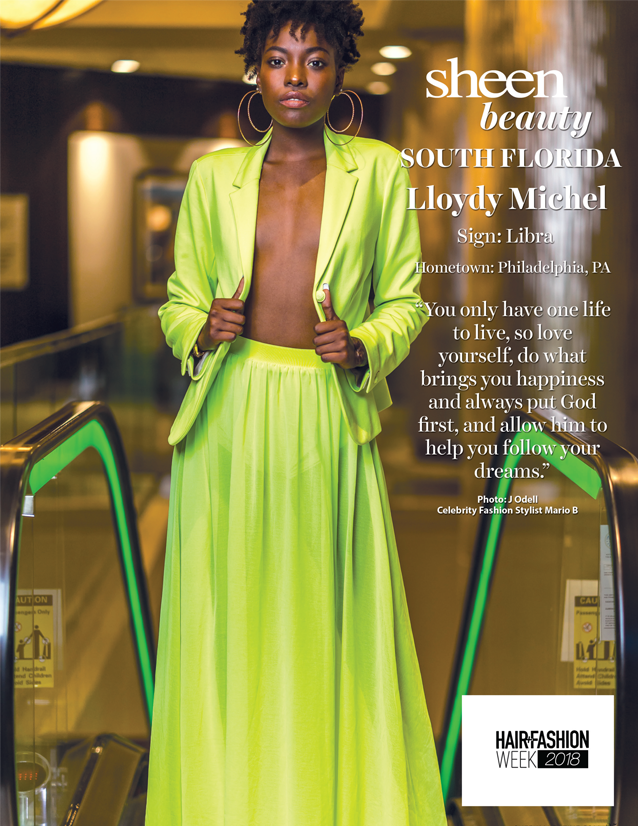
Add Comment